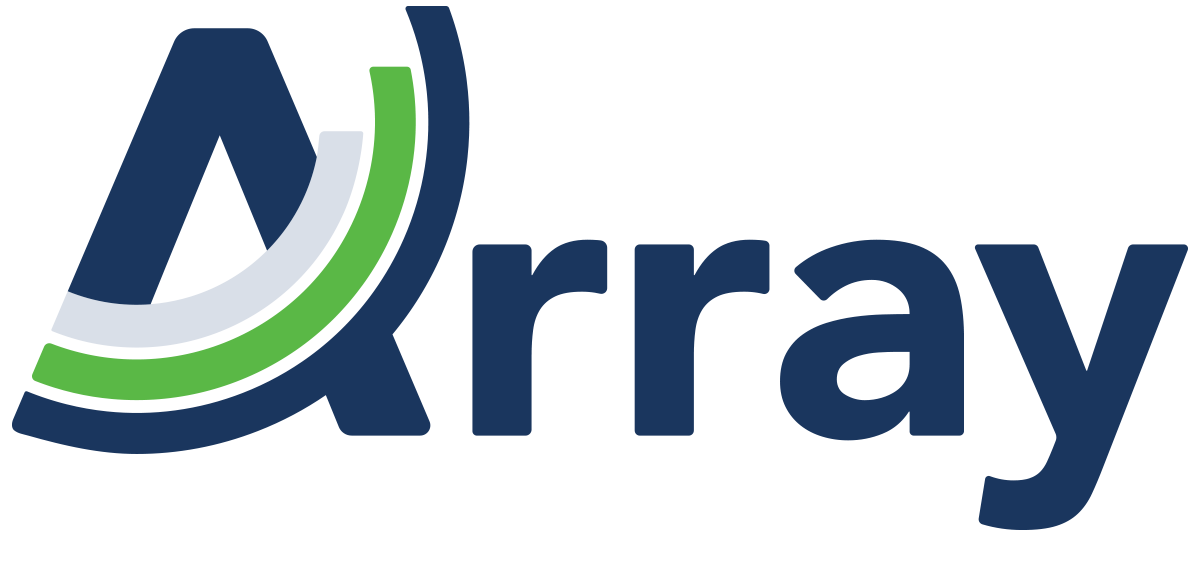Every week, the Array team reviews the latest news and analysis about the evolving field of eDiscovery to bring you the topics and trends you need to know. This week’s post covers the period of September 30-October 6. Here’s what’s happening.
Discovery and Litigation Funding
Before litigation funders approve financing for a case, they usually assess the merits of the claims. Should those assessments be discoverable?
That question recently came up in Design With Friends, Inc. v. Target Corp. The smaller business accused Target of copying a nursery planning tool from Design With Friends’ website. To pay for the litigation, which alleged copyright infringement and breach of contract, Design With Friends partnered with Validity Finance. (Michael Berman writes about it at E-Discovery LLC.)
Design With Friends shared a significant amount of information with Validity, including its litigation strategy and estimates of expected damages. Then Validity created its own analysis of the case. As the judge wrote:
“Those assessments left a trail of information about what Design’s claim was worth. And they were the judgments of lawyers with insider knowledge, conferring candidly behind the shield of a nondisclosure agreement. … So Target wanted to get its hands on them.”
Validity pushed back against Target’s subpoena for Validity’s valuations and other documents, saying they were privileged. The judge said the records were protected as work product. Those rules cover:
- documents and tangible or intangible things,
- prepared in anticipation of litigation,
- by or for a party or its representatives, including lawyers, consultants and agents
But is a document really “prepared in anticipation of litigation” if it was created for a business purpose, like deciding whether to financially support a lawsuit?
The judge wrote:
“Validity would not have created these documents but for the prospect of litigation. At the same time, the documents straddle the line between legal and business purposes.
“But whatever work product’s precise scope, it includes these documents. They are confidential documents created by lawyers to evaluate the strengths, weaknesses, and strategy of an impending lawsuit. While those documents informed an investment decision, they did so by evaluating whether a lawsuit had merit and what damages it might recover. That is legal analysis done for a legal purpose (emphasis added).”
The judge agreed that Validity was acting as Design With Friends’ agent when it was still deciding whether to fund the litigation. And the judge rejected Target’s requests for other documents as disproportionately burdensome.
The other side will always push for documents that could help its case. Parties need to have a clear strategy for claiming privilege and be able to defend those arguments if challenged.
AI for Writing Court Orders?
At eDiscovery Today, Doug Austin writes about a recent conference panel that asked guests to share their case of the year. Instead, one of the panelists used Claude.ai to produce a court order on three discovery disputes. The panelist, who is a magistrate judge, provided background facts and ordered the AI to use principles from specific cases as guidelines.
The resulting document had some issues with Rule 37, but the judge said it wasn’t bad. It’s another signpost for what could be possible with the use of AI in the legal field.
Other recent eDiscovery news and headlines:
- Are Hyperlinked Files the Same as Attachments? A Court Weighs In on eDiscovery Challenges (ACEDS Blog)
- “FTC’s AI Crackdown” on Allegedly “Overhyped” Claims About AI (EDRM Blog)
- RIP To Human First Pass Document Review? (Above The Law)
Julia Helmer; Director, Client Solutions
With 15 years of expertise, Julia excels at optimizing enterprise eDiscovery workflows from start to finish. With a deep understanding of how to seamlessly integrate workflows across various eDiscovery platforms, Julia creates tailored solutions for data identification, legal holds, ESI collections, and productions. By harnessing the power of Technology Assisted Review and Analytics, she delivers efficient, cost-effective results that align with best practices and budgetary constraints. Julia’s exceptional communication and customer service skills have fostered strong, lasting relationships with both clients and Project Management teams, enabling her to effectively problem-solve and drive success across numerous projects.

